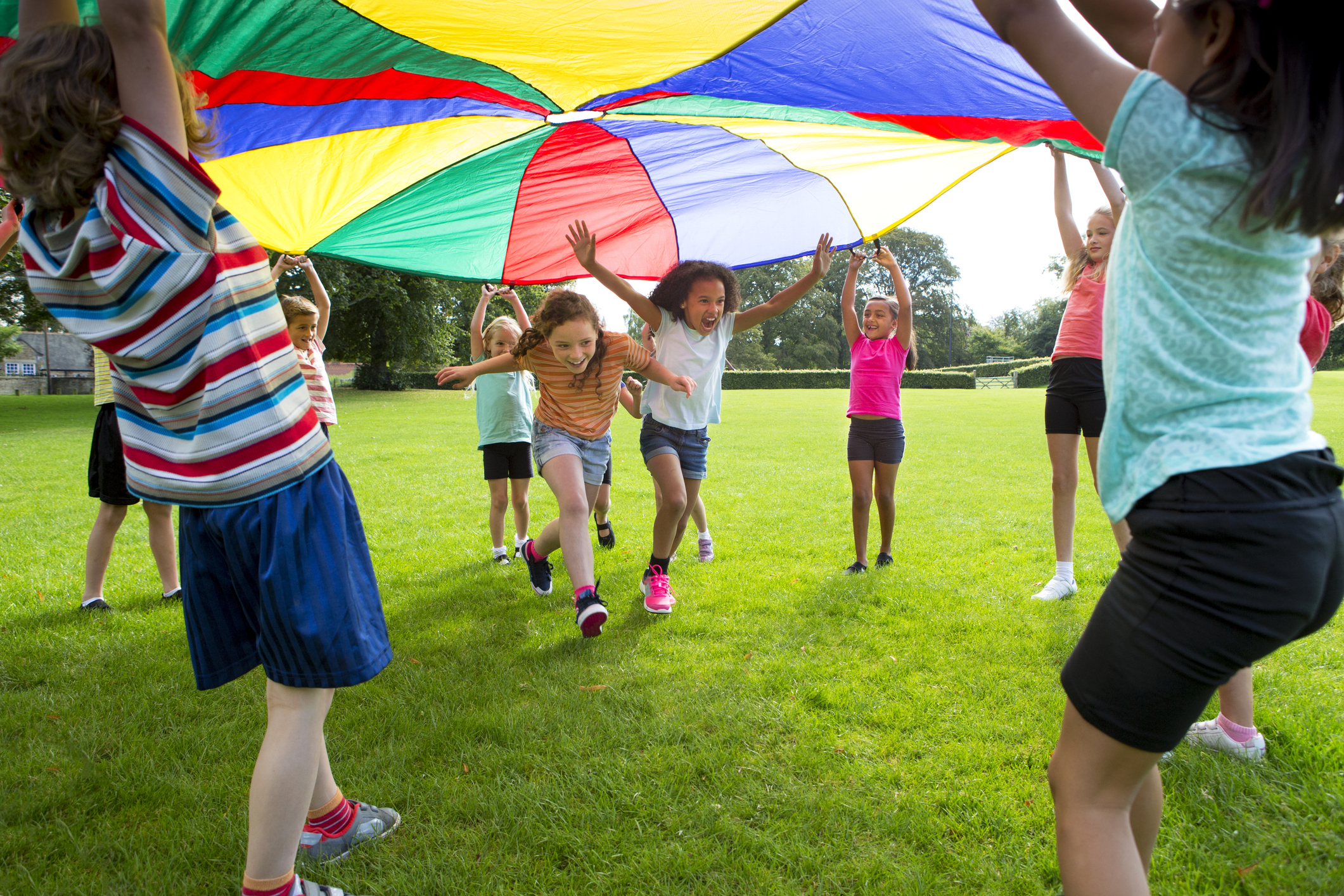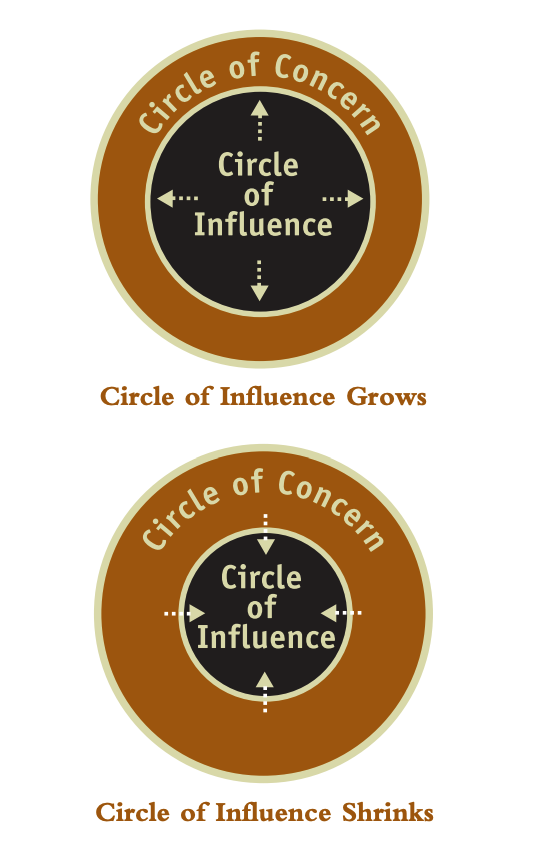Recess: Why It Is Important For Social Emotional Learning
Author: Tara West
February 15, 2019

Recess is an integral part of an elementary student’s day. It provides physical activity, social connections, and problem-solving situations for students. It is part of the foundation of social-emotional learning. And according to the third-grade students I recently surveyed, recess is the best part of their school day.
During this favorite time of day, students put aside academics for a moment and engage with one another. I’ve seen friendships blossom, games invented, and smiling faces enjoying the fresh air. I’ve also seen challenges and problems arise among students for various reasons. But that is a good thing. It is from these challenges and problems that students are able to problem-solve or work together to come to a resolution.
Habit 1—Circle of Control
Circle of Control Worksheet
Habit 1 is Be Proactive®. It’s realizing you are in charge of your life; you are responsible for your own choices and behaviors; you can choose how to react to other people and situations. The “Circle of Control” is a model that is meant to help people reflect on their decisions and behaviors as well as other people’s decisions and behaviors. It’s a visual diagram meant to display what is within your control and what isn’t. This habit was vital in helping my third-grader understand actions that are in her control and actions that aren’t. Let’s take a look.
Recess: Circle of Influence®
My third-grader, Hannah, personally likes to spend her time running around the track. Recess, however, wasn’t always a pleasant time for her. She would come home upset, actually in full meltdown mode, because of “drama” on the playground. The first few days I simply told her to “work it out” and “there is nothing I can do.” Surprisingly, this advice did not help her resolve the problem. So I figured another approach was necessary to help her. I sat down with her after school one day and asked her to explain what was going on. As Hannah was filling me in, I noticed she was using phrases like “She is MAKING me play this game,” and “She tells me what I HAVE to do.” Aha! There is was. Our conversation then went something like this:
Me: “Why do you feel like you have to play that game with her at recess?”

Hannah: “She won’t be my friend anymore if I don’t.”
Me: “Is that your choice or hers?”
Hannah: “Hers.”
Me: “Right, and what choices do YOU have in the situation?”
Hannah: “I guess I don’t really have to play the game.”
Me: “Right again, you always have a choice. You can always choose whom to play with and what you want to do at recess. Do you want to make a plan of what to say and do if it happens again?”
Hannah: “Yes.”
Me: “Okay, what is something you can do instead of playing that game?”
Hannah: “I can run the track.”
Me: “Great idea! Do you think if you told her you wanted the run the track, then invited her to come with you, that would be a nice way to tell her you want to do something else?”
Hannah: “Yes. What if she says no?”
Me: “It’s okay if she does; she can choose her actions, just like you can choose yours. You can still be friends and do different activities.”
This time the outcome was much more positive. Sure enough, a few days later the friend told Hannah she HAD to play the game. Hannah did just as we had planned and invited her to run the track. The friend didn’t want to and that was that. However, there was another girl in the group who did not want to play the game either and asked Hannah if she could run with her. That day Hannah’s Circle of Influence grew not only for herself, but with her friends. It was a great lesson for all of us.
The recess situation was the start of many conversations in our home about what we personally have control over and what we don’t. It has extended into multiple aspects of our family life. Instead of saying, “Clean your room or you’re not playing with friends, I try to use phrases like, “If you choose not to clean your room, you are choosing not to play with your friends.” I also try to reinforce positive choices my kids make. It takes practice to notice the positive choices, but it is well worth it. I have noticed, especially at dinnertime, if I say thank you to my kids for choosing to try new food, they are more apt to try more. By allowing my kids more chances to choose for themselves, my husband and I are finding that trust is being built with each decision. The kids are learning that when they make good choices, there are rewards. As parents, we are learning that our kids want to do the right thing, and when given the chance, will make that choice. By giving them the chance to make choices with limited consequences now, we are proactively setting them up to make better decisions with bigger, more consequential choices in the future.
More Leadership at Home Activities
To learn more about leadership at home, check out:
“Creating a Family Mission Statement”
Habit 3: A Family Exercise in Putting First Things First
Family Engagement in Schools: Leadership Skills Start at Home
Habit 5: Practicing and Teaching the Principle at Home
Share Article on
Tags: community engagement, family engagement, habit 1, wellness-leadership
